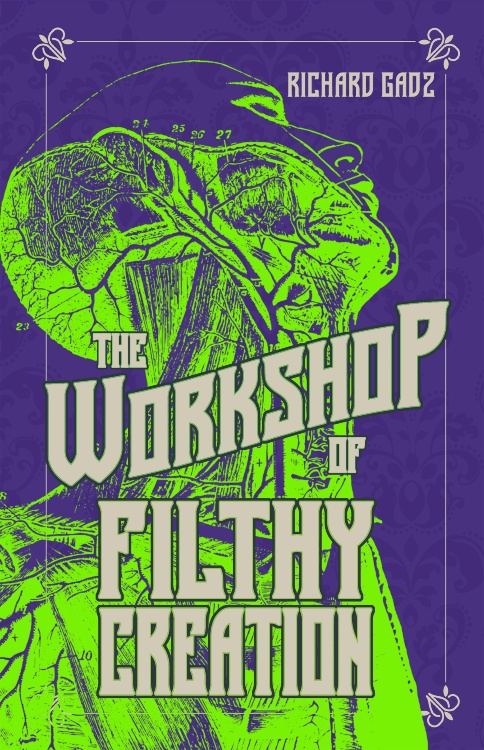
It’s over 200 years since Mary Shelley wrote one of the most influential horror stories of all time, but, as author Richard Gadz argues, the fears evoked by Frankenstein are every bit as relevant to us today as they were to readers in the 1800s.
Shelley wrote the book at a time when real-life experiments in reviving the dead were the talk of European science. Interest in galvanism (running electric current through biological specimens) was at an all-time high because the invention of the battery meant that, for the first time, there was a reliable source of electricity for scientists to use.
During Mary and husband-to-be Percy Shelley’s famously storm-lashed holiday at Lake Geneva in 1816, galvanism would have come up in after-dinner conversation since both Shelley and his disreputable friend Lord Byron were fascinated by the subject.
Mary was fully up-to-date on the latest scientific thinking, so the idea of sewing bits of dead people together and reanimating them wouldn’t have seemed all that outlandish to educated readers at the time – the genius of Frankenstein is that it tapped into fears about the sort of thing galvanism might have made possible in the near future. It’s with good reason that the book is often credited as the first science fiction novel.
Frankenstein is chilling because it’s about an artificial life. The unease that this ‘otherness’ creates in human beings is a thread that runs through all the monster’s many descendants, from the pulp SF of the 1930s to Channel 4’s Humans.
I don’t think it’s any coincidence that we’ve had a number of screen adaptations of Frankenstein in recent years. Because where galvanism failed, modern DNA research may yet succeed.
When I started writing my Victorian gothic novel The Workshop Of Filthy Creation, which takes as a starting point the idea that Shelley wasn’t writing fiction but an account of real events, I’d never heard of gene editing.
Now, in 2021, genetic therapies could be science’s greatest gift to mankind, or the start of a nightmare. Curing the previously incurable, making designer babies, even growing new limbs to replace lost ones, have already moved from the Possible list to the Probable. Our grandchildren might see a world of longer, happier lives and eradicated diseases, or a dystopia of genetic enhancements becoming enforced job requirements.
Frankenstein’s subtitle is The Modern Prometheus and I can’t think of a more apt description of the power we hold in our hands. Do we want to re-model the human race? At what point in that process would we cease to be human, and become something else?
These questions occupied Mary Shelley, and they’re are at the heart of my own book. I’m not sure whether to feel vindicated or scared stiff that they’re also occupying headlines just as The Workshop Of Filthy Creation hits the shops! What’s certain is that Mary Shelley’s masterpiece has just as much relevance today as it did two centuries ago. It’s a warning from our past, about our future.

The Workshop of Filthy Creation by Richard Gadz (Deixis Press) is available from all good retailers.
- https://bit.ly/FilthyCreation
- www.richardgadz.co.uk
- Twitter @Frankenwriter
MORE FROM BOOKS: How to master your money mindset in seven easy steps, by Julie Hunt
Tagged in Books

